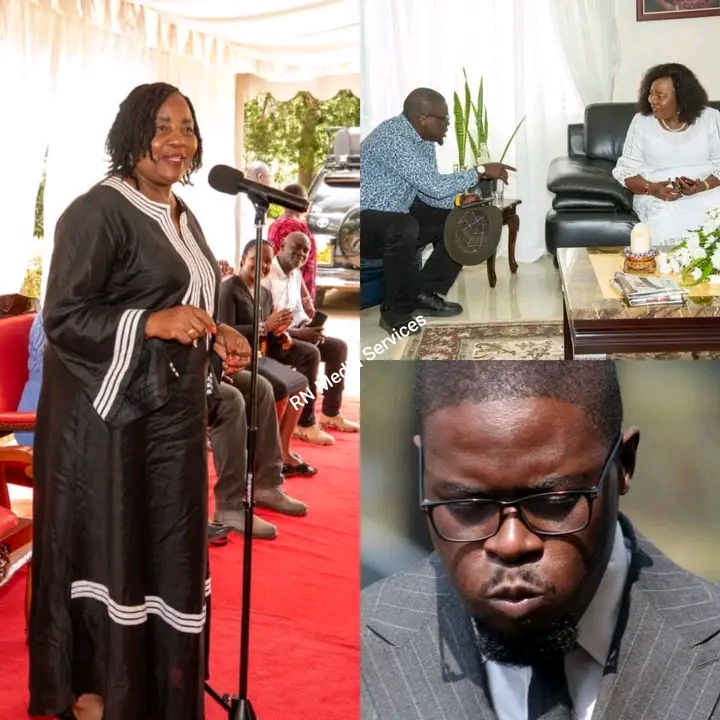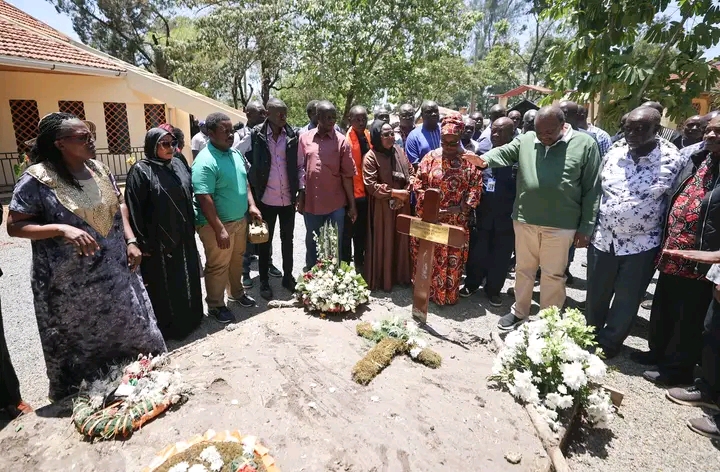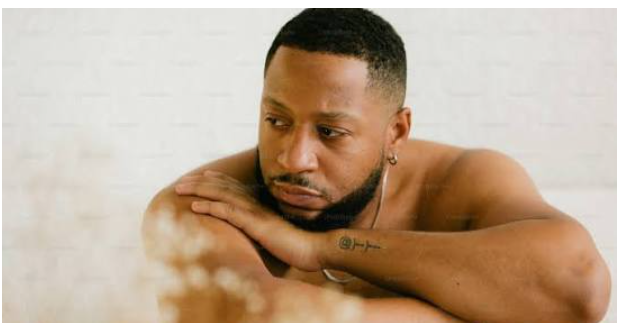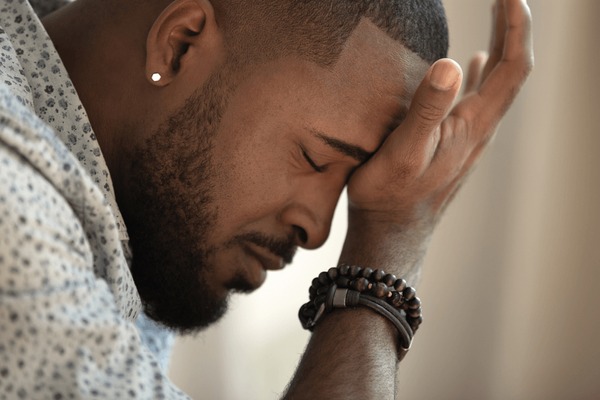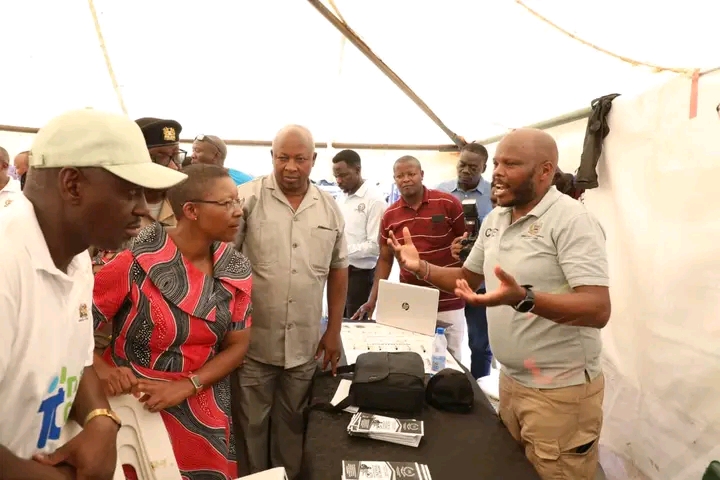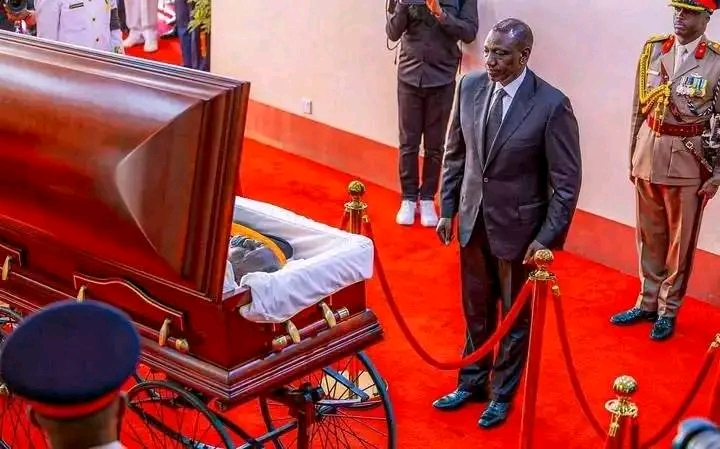
President William Ruto and Raila Odinga’s relationship has undergone significant transformations, shifting from intense rivalry to strategic alliance. Here’s a breakdown of their current political dynamics
Historical Rivalry
Ruto and Raila have had a long history of political rivalry, culminating in the contentious 2022 presidential election where Ruto emerged victorious.
Recent Alliance
In 2024, they forged an unexpected alliance, with Ruto endorsing Raila’s bid for the African Union Commission (AUC) chairmanship. This move was seen as a strategic decision to bolster Ruto’s support base in Odinga’s strongholds, particularly in Nyanza and parts of the Coast.
Broad-Based Government
The partnership led to the formation of a broad-based government, incorporating key ODM figures into Ruto’s cabinet. This included appointments like John Mbadi as Finance Minister and Opiyo Wandayi as Energy and Petroleum Minister.
Shared Agenda
Their collaboration is centered around a shared agenda, focusing on economic revitalization, infrastructure development, and social programs. The Kenya Kwanza-ODM Framework Agreement outlines key priorities, including job creation, agricultural reform, and addressing national debt.
2027 Elections
This alliance is likely to significantly influence the 2027 elections, potentially overshadowing other candidates and making it challenging for them to present a formidable opposition. Ruto’s endorsement of Raila’s AUC bid could be interpreted as a move towards national unity and reconciliation.
Challenges Ahead
Despite the alliance’s potential benefits, it also poses risks, including alienating some of Ruto’s original supporters in the Rift Valley, where distrust of Odinga persists. Convincing their supporters of the benefits of this partnership will require careful messaging and strategic outreach.

